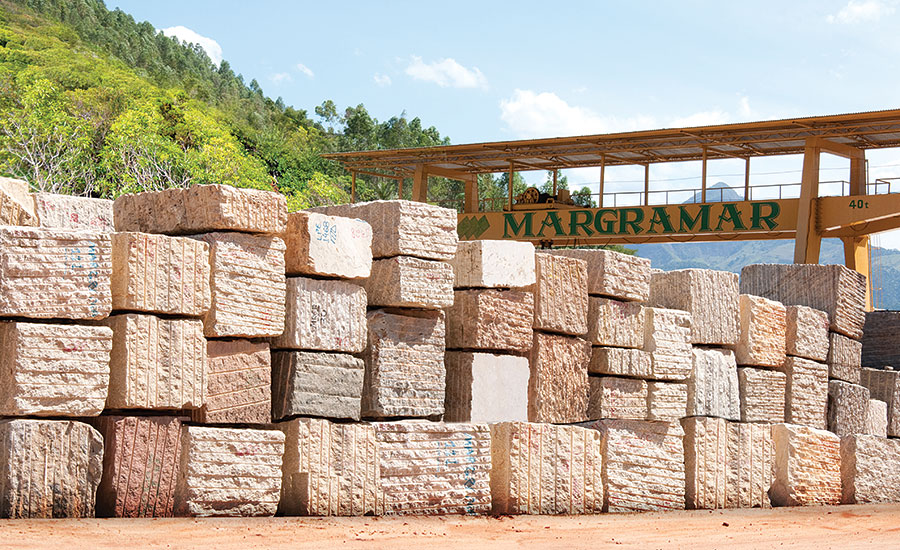Unveiling the Mysteries of Granite Quarrying: Where Stamina and Style Meet
The world of granite quarrying is a realm where the raw toughness of nature assembles with human creativity to develop structures that stand the test of time with an air of sophistication. From the midsts of quarries to the thorough polishing in workshops, the process of transforming granite into building wonders is a complex dance of custom and technology. As we peer right into the midsts of this ancient craft, we begin to uncover the covert ins and outs that form the really significance of our built environment.
The Origins of Granite Quarrying
In the annals of architectural history, the origins of granite quarrying are shrouded in a tapestry of ancient craftsmanship and geological marvels. Dating back to ancient Egypt and Mesopotamia, the extraction of granite from quarries marked the beginning of a journey that would eventually lead to the creation of some of the world's most iconic structures.
Granite quarrying's origins can be mapped to the experienced artisans that acknowledged the rock's toughness and visual allure. With a combination of primitive tools and sheer determination, these very early quarry employees discovered granite blocks that would become the foundation of civilizations.
As civilizations advanced, so did the strategies of quarrying granite. The Romans, renowned for their design prowess, developed innovative approaches for drawing out granite to build monuments, temples, and roadways that stood the examination of time.
The legacy of these old quarrying techniques remains to shape modern-day style, with granite staying a symbol of toughness and elegance in construction jobs around the world. (granite quarries in south africa)
Tools of the Quarrying Trade
The development of granite quarrying techniques from old civilizations to modern times highlights the important role played by the devices of the quarrying trade in shaping the sector's practices. In old times, quarrying tools were basic, usually including chisels, hammers, and wedges made from materials like bronze or iron. These tools needed significant workforce and time to extract granite obstructs from quarries.

Furthermore, the introduction of pneumatic tools and high-powered machinery has considerably minimized the physical labor required in quarrying operations, improving worker security and efficiency. As the quarrying market continues to innovate, the tools of the profession continue to be at the center of driving progression and shaping the future of granite extraction.
Extracting Blocks of Granite
Making use of accuracy equipment and progressed methods, the extraction of granite blocks from quarries has become an innovative procedure in the modern quarrying sector. Regulated blowing up techniques are after that employed to damage apart the granite into convenient sections.

Polishing and Ending Up Methods
To accomplish a remarkable surface on granite blocks, skilled craftsmens use a series of thorough polishing and completing strategies. After the initial removal and forming processes, the granite obstructs undertake a complete polishing phase to improve their all-natural charm and toughness.
In enhancement to sprucing up, completing methods my site are applied to additional refine the granite's appearance. By carefully selecting and using these polishing and finishing techniques, craftsmens can change raw granite obstructs into splendid pieces that showcase both toughness and style.

Environmental Influence and Sustainability
With the growing focus on ecological awareness in the industry, granite quarrying methods are significantly looked at for their impact on natural resources and long-lasting sustainability. In addition, the transport of granite from quarries to refining facilities generates carbon discharges, additionally adding to ecological destruction.
To mitigate these impacts and guarantee sustainability in granite quarrying, market stakeholders are taking on numerous actions. Implementing advanced technologies to decrease energy usage and water usage, recovering quarried additional hints land for environmental repair, and advertising liable sourcing practices are some methods being utilized. Accreditations such as the Forest Stewardship Council (FSC) and the Leadership in Power and Environmental Layout (LEED) help consumers determine ecologically friendly granite items.
Final Thought
Finally, granite quarrying is a process that calls for specialized devices and techniques to remove blocks of granite and brighten them to a high degree of surface. While the ecological effect of quarrying can be considerable, efforts are being made to enhance sustainability practices in the sector. In general, granite quarrying is a fragile balance in between taking advantage of the strength and style of this natural rock while reducing its influence on the atmosphere.